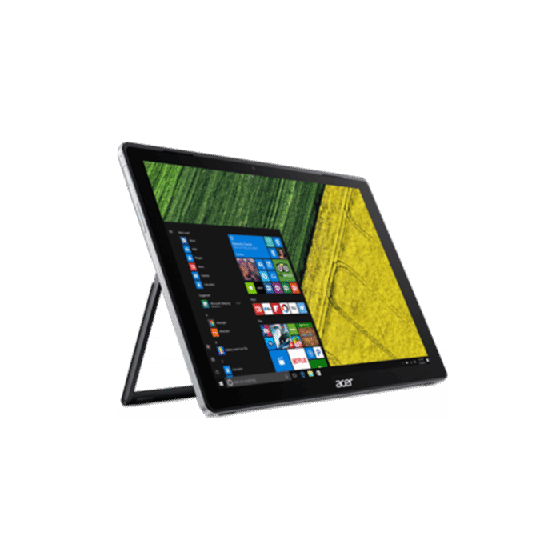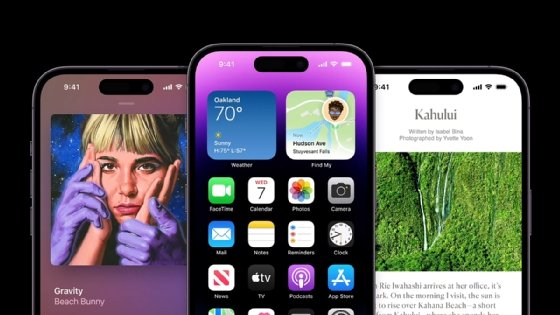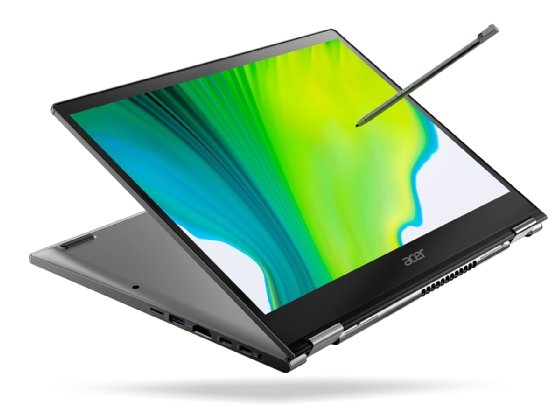capacitive touchscreen
What is a capacitive touchscreen?
A capacitive touchscreen is a control display that uses the conductive touch of a human finger or a specialized input device for input and control.
How does a capacitive touchscreen work?
Capacitive touchscreen panels must be touched with a finger, a special capacitive pen or a glove. That's because the panel is coated with a material that can store electrical charges. The change in capacitance signals the location of the touch. This differs from resistive and surface wave panels, which can sense input from a finger or stylus.
When a capacitive panel is touched, it draws a small charge to the point of contact, becoming a functional capacitor. The change in the electrostatic field is measured to find the location. In some designs, circuits located at each corner of the panel calculate the charge and send the information to the controller for processing. In multitouchscreens, sensors are arranged in a grid to enable more complex input.

Capacitive vs. resistive touchscreens
Resistive touchscreen devices sense the application of pressure, which causes two conductive layers to come into proximity. Capacitive touchscreens don't react to external factors such as temperature, humidity or light, enabling them to function without interference from these variables. They also provide higher levels of clarity, precision and accuracy, even with minimal pressure or touch.
What is a capacitive touchscreen used for?
Capacitive touchscreens are found on smartphones, tablets and other mobile devices. These include Android devices and Apple devices like an iPhone and iPad.

What is a capacitive touchscreen stylus pen?
A capacitive touchscreen stylus pen is a device used to draw on a touchscreen display. The stylus has two parts: a tip that touches the screen and a base that holds the stylus upright.
How does a stylus work on a capacitive touchscreen?
When the stylus presses against the screen, it creates a small electrical current between the tip and the screen. This causes the pixels under the tip to light up, enabling a user to draw lines and shapes on the screen.

What is a projected capacitive touchscreen?
A projected capacitive touchscreen is a touchscreen display technology that uses a matrix of tiny electrodes under the glass surface. This enables thinner displays and better resolution than technologies that use individual wires attached to each pixel.
Projected capacitive technologies can detect touch by calculating the amount of capacitance at each addressable electrode. When a stylus pen or finger approaches the electrode, it alters the capacitance by disturbing the electromagnetic field.
The main advantage of projected capacitive touchscreens is that they don't require a backlight, making them perfect for outdoor use.
How to clean a capacitive touchscreen
The best way to clean a capacitive touchscreen is to use a soft cloth dipped in rubbing alcohol or a mild nonabrasive soap and water solution. Using a dry cloth may damage the surface. However, a microfiber cloth helps remove fingerprints from the surface.
Follow these steps to clean a capacitive touchscreen:
- Dampen a soft cloth or microfiber cloth with isopropyl alcohol or a mild nonabrasive soap and water solution, and then gently wipe the touchscreen clean.
- Wipe the screen and edges dry.
- Ensure the glass and screen edge are completely dry before using the device.
See also: display, interlaced display, non-interlaced display, digital projector, Gorilla Glass, mobile user interface
